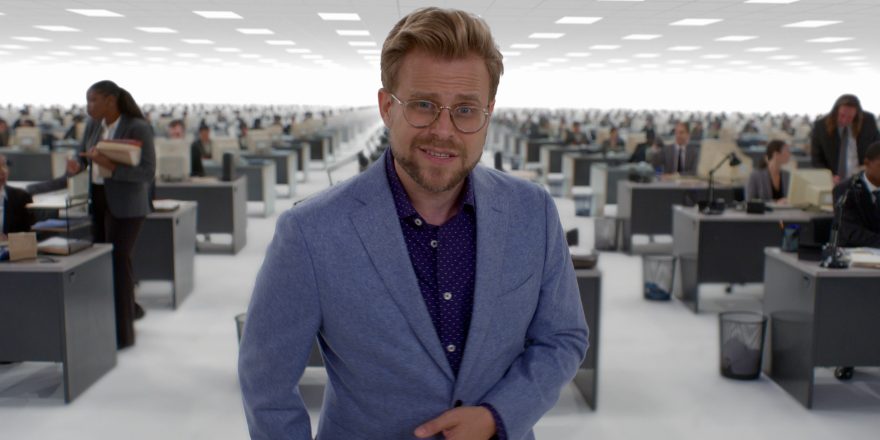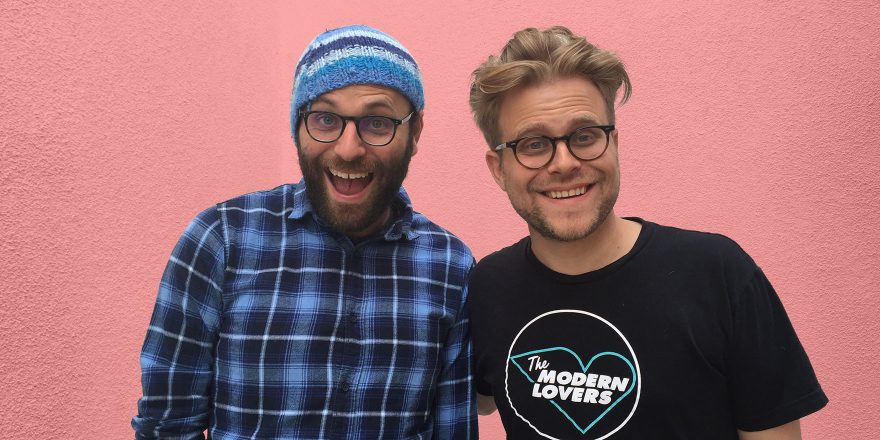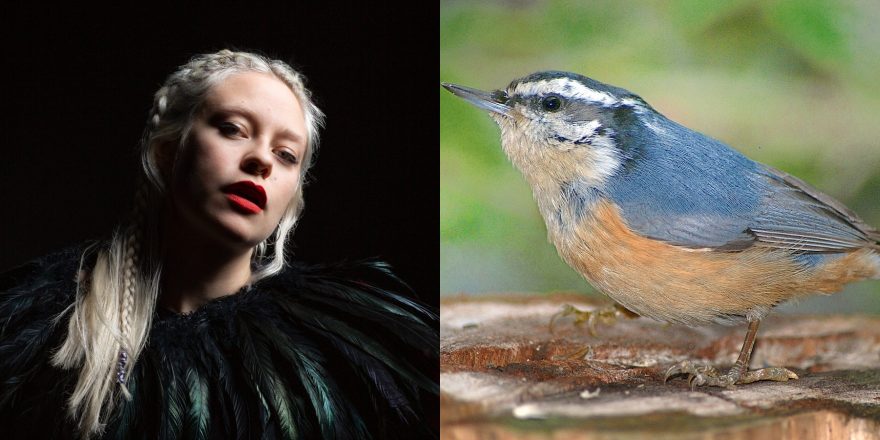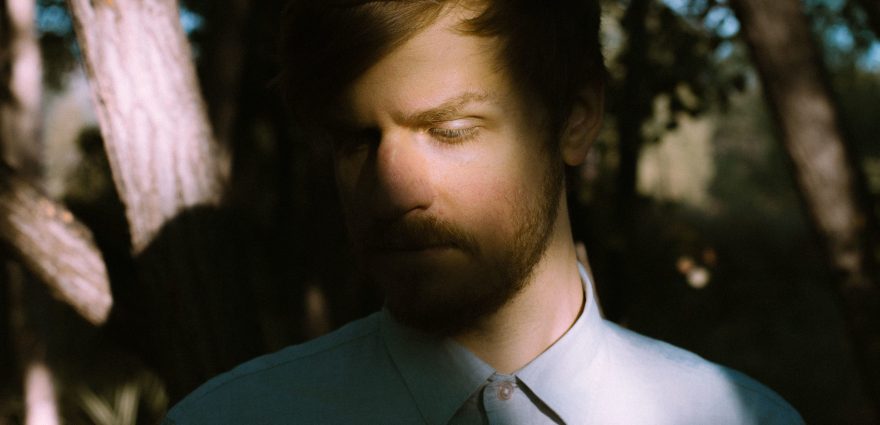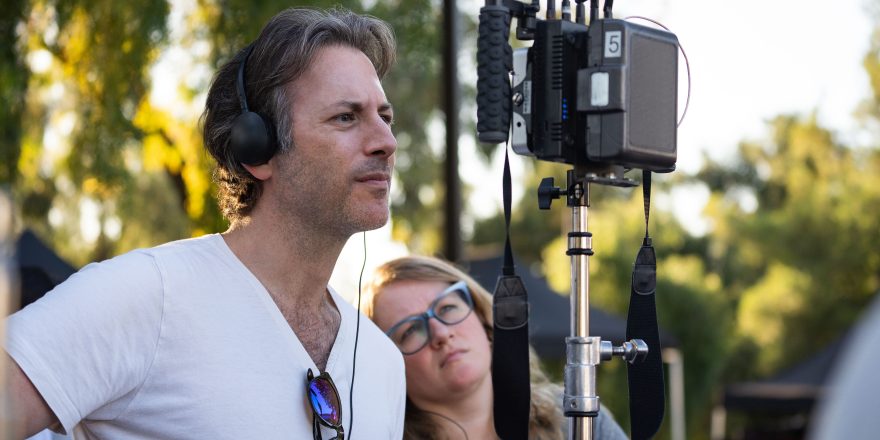Three Great Things is Talkhouse’s series in which artists tell us about three things they absolutely love. To mark the May 19 release on Netflix of The G Word with Adam Conover, a new series produced by the Obamas’ company Higher Ground which pulls back the curtain on the surprising ways the U/S. government impacts our everyday lives, the comedian and creator-host of Adam Ruins Everything shares some of the things that he enjoys most in life. — N.D.
Birdwatching
I really enjoy birdwatching. I started birdwatching during the pandemic. I was trying to find more ways to go outside, and I had read Jenny Odell’s wonderful book, How to Do Nothing, in which she talks about birdwatching. I downloaded a couple of apps, got myself a pair of binoculars, and went out and started doing it. I think what I love about it so much is it gives me a reason to be outside. I’ve always loved being outside in the woods, in the wilderness, but often I would go out there and think, “OK, what now?” But now, I go around and look at stuff, so just having this very light activity where I’m looking for birds and I write them down, but I’m also just still enjoying myself outside. I lose myself when I’m out there. I’ll spend four or five hours out there without even realizing it.
And it’s wonderful. I’ve now seen close to 200 species, because I’ve been able to go birdwatching when I travel. I bring a pair of binoculars with me and anytime I go somewhere new, there’s new birds to see, or it’s a new time of the year. I’m not really into chasing the rare ones, I just like seeing what I can see. It’s helped me find spots in Los Angeles, where I live, where there’s surprising amounts of biodiversity. Like, I jog down to the L.A. River, which is known for being an industrial canal, but there’s actually a spot where there’s an incredible number of water birds. I’ve seen probably 40 species there alone, right next to the freeway! It’s just incredibly restful and a nice thing to do, plus, it’s a great citizen science project because when you share your bird sightings on eBird, which is the main website people use for their checklists, scientists use that to study bird populations because birdwatchers are a great source of data for them. It’s super fun for me.
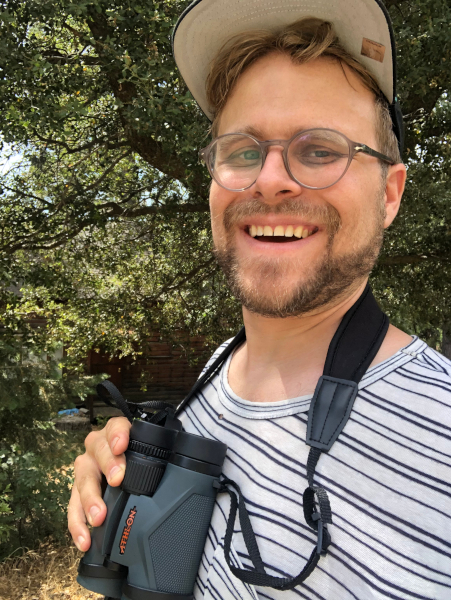
It also gives one a form of seeing. This is what Jenny Odell writes about in How to Do Nothing. Just the experience of being able to tell the difference between birds and bird calls is a strange sort of visibility, like a language that you learn, where you can suddenly tell the difference between something that you couldn’t tell the difference before. Previously, I would walk around and think, “Oh, I hear the sound of birds.” I didn’t know anything other than, say, what a duck sounds like or what a goose sounds like. But once you are able to tell the difference between them, you have a new window on the world – things that were formerly one to you are now two or three. For instance, I can now tell the difference between crows and ravens in Los Angeles, even though they look almost identical. I’ll look at the kind of tail. And if they’re soaring, it’s probably a raven; if they’re close to the ground and flapping, it’s probably a crow. Just knowing that makes me think, “How did I live before, not seeing the distinction? And what other distinctions in the world am I missing that I could be noticing?” It’s like being blind, but now you can see in a more subtle way. It’s made me really interested in creating more forms of visibility for that in my life, where I can understand the distinctions between things. It adds to your life without subtracting anything else in a really cool way.
Ministry for the Future
I read a wonderful book recently named Ministry for the Future by Kim Stanley Robinson, who’s a science-fiction author. What I loved about this book is that it’s a science-fiction book set in 2023 which attempts to describe as clearly as possible what the near-future might look like for climate change, and specifically not just what will change about the biosphere, but the actual planet we live on: what will change about our political reality, how nations will react, how corporations will react, how individuals react to climate change as it happens, and not in an apocalyptic way. Robinson’s not saying, “Oh, everything’s going to fall into the sea and we’ll all be dead,” but paints a picture of how life is going to get a little bit worse, year by year, in these particular ways and what is going to happen as a result.
The very first thing that happens in the book is that there’s a massive heat wave in India, where there are temperatures of over 120 degrees Fahrenheit for weeks on end. As a result, a few million people die. Robinson describes what it’s like to be on the ground there through a point-of-view character who’s experiencing that happening. And then he describes how the nation of India might change politically as a result of that, as Indians suddenly become a lot more radicalized around climate change and start doing things like injecting minerals into the atmosphere to bounce light back in order to cool the global temperature, which they’re able to do unilaterally, even though other countries don’t want them to.
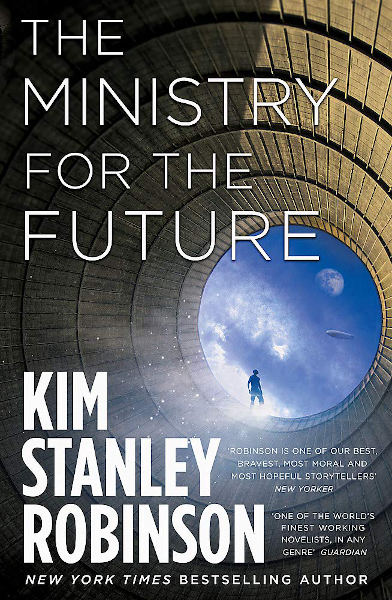
It’s really fascinating to be reading what could happen five years from now. I just saw yesterday a headline that there is a massive heat wave happening in north India and Pakistan. It hasn’t killed that many people yet, but I was reading this and thinking, Oh, my God, this book was so well researched. This actually is what is happening!” Robinson’s vision is never apocalyptic, but he says, “This is how we could solve the problem. These are the steps that we could take.” Like, the central banks working to incentivize oil companies to leave the oil in the ground that they otherwise would pump up. Because the book’s narrative is played so realistically, it is fiction that is as close to nonfiction as could be. It really inspires you to think, Oh, here are the things we could do to solve climate change in the near future. And I found it a really fascinating book for that reason and really loved it.
Music for Saxofone and Bass Guitar
I’ve been listening a lot to a few recent jazz albums by a bassist and saxophonist named Sam Gendel and Sam Wilkes. They’re based in L.A., although I have not yet seen them perform live. They play a kind of spacey ambient jazz that is very funky, but it’s also very relaxed. The saxophone just floats above a very warm bassline. It’s been like a really good soundtrack for me just to bliss out as I’m riding the bus or hanging out on my roof, looking at the clouds, reading and thinking. It’s a really incredible vibe I didn’t know I wanted until I heard it. And since I heard it, I’ve been listening to nothing else. They’ve put out a very short instrumental album called Music for Saxofone and Bass Guitar and it’s just the kind of music that’s really been rhyming with my state of mind lately.

I listen to everything and I’ve been listening to jazz for decades. Jazz is a form that is often accused of looking backwards ever since the seventies or so, but this is jazz that does not look backwards. It is finding new forms and new ways of doing it. When I heard this album, I thought, “Oh, this is jazz, but this is so fresh to me. I’ve not heard anything that sounds like this.” I’m not an expert or even a connoisseur, I’ve just listened to a lot of Miles Davis in my life, but this music is so beautiful. It’s not even something that you need to like jazz to enjoy. It’s something that anybody can listen to and start snapping their fingers and enjoy themselves.
For some reason, this music makes me tune into what I’m seeing around me, to watching the leaves and the trees and the pattern the sun creates on the ground as I go by. It’s like experiencing the sounds, experiencing what I’m seeing – it all sort of goes together in that way.


